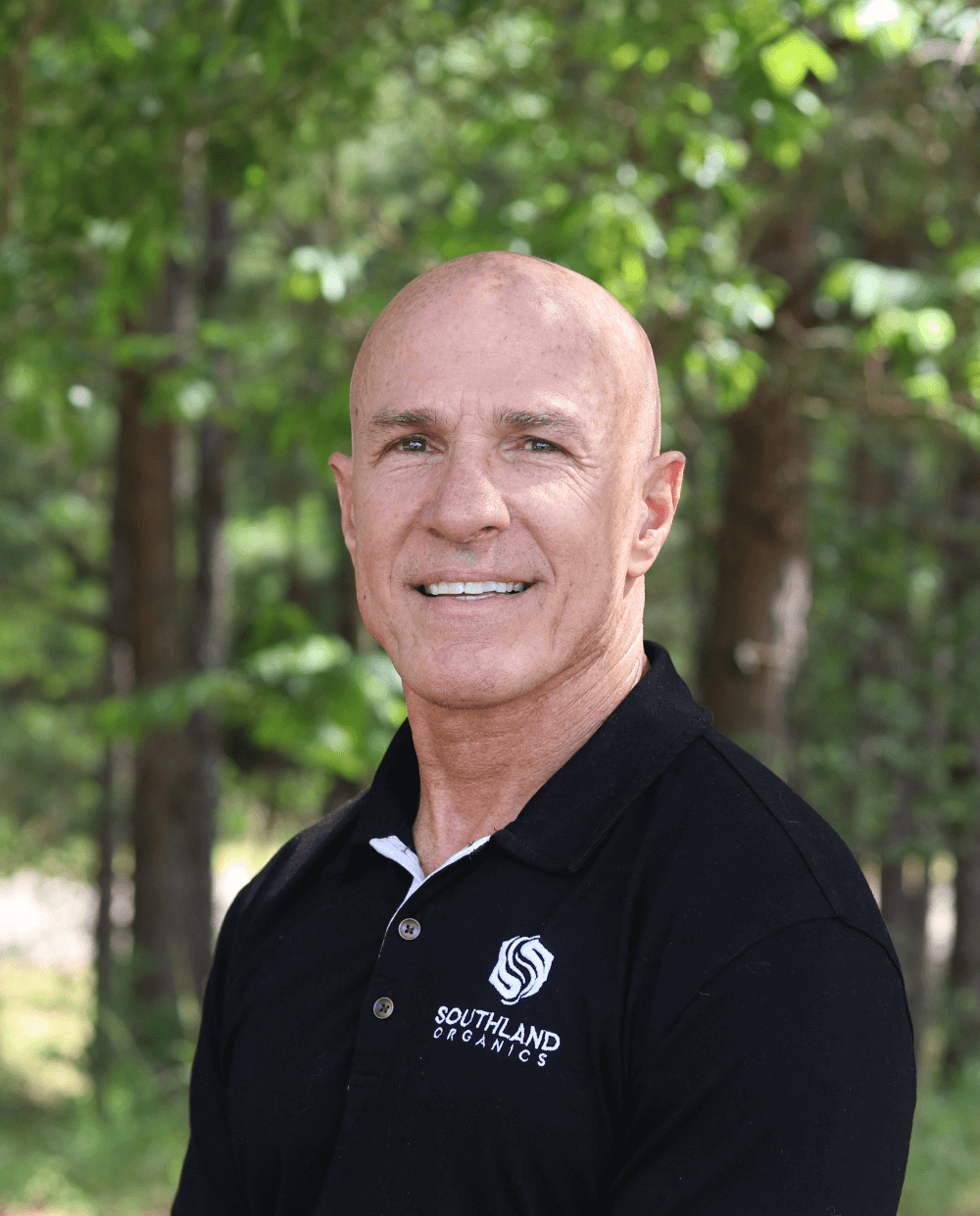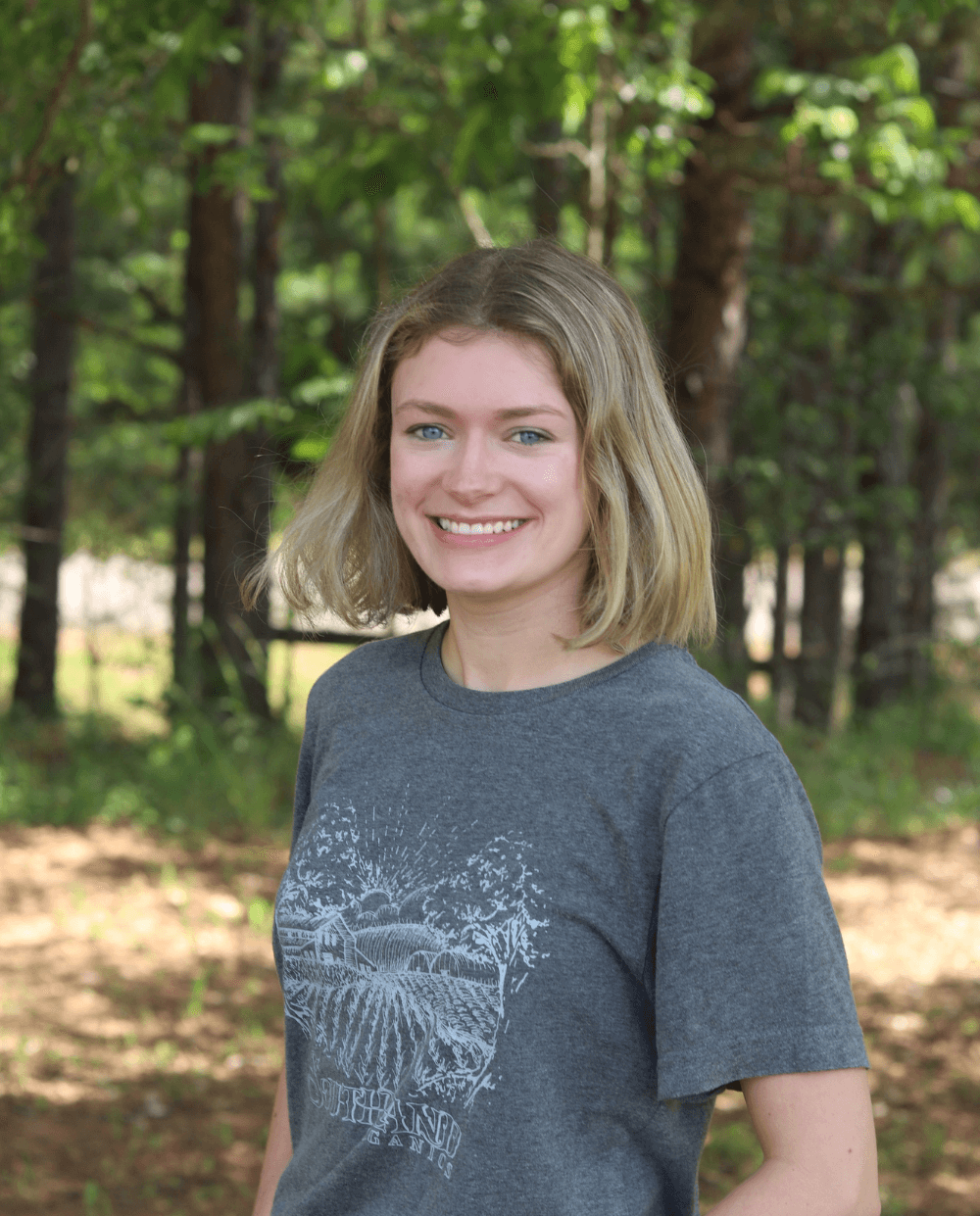An Organic Disease Strategy
As a poultry grower, perhaps the greatest fear you have is disease. E. coli, Clostridium, salmonella, enteritis and many other diseases can decimate a flock, leaving a grower with bills to pay and no money to pay those bills. The traditional way to fight disease has always been a disinfection strategy. Clean out and sterilize everything in the house, and give the birds antibiotics as a way of disinfecting the inside of the bird.
The “disinfect in and out” strategy is partially correct: it is about both sides of the bird. Not the left side and the right side, but the inside and the outside. As time goes on though, we have found that there is a problem with the traditional strategy. Disinfection and antibiotics may be causing other problems, and those problems are beginning to look serious.
Nothing kills 100% of disease causing microorganisms. Whether we are talking about disinfecting a house or treating birds with antibiotics, some disease causing pathogens always survive. More than likely, these pathogens survive because they are stronger than the rest or have a genetic mutation that allows them not to be killed by the disinfectants and antibiotics. These mutated disease strains are more resistant to being destroyed, and they are becoming more dangerous to human beings directly.
ANTIBIOTICS
Compounding this issue is the widespread use of antibiotics simply as a growth promoter. Antibiotics have been used on poultry in large quantities since the 1940s. It was found at the time that when the byproducts of antibiotic production were fed to poultry they grew significantly larger. The antibiotic-producing mold had a high level of vitamin B12 after the antibiotics were removed, but this mold produced higher growth than could be accounted for by the vitamin B12 alone. Eventually it was discovered that the trace amounts of antibiotics remaining in the by products accounted for this growth.
The reason for this added growth is apparently the adjustment of intestinal flora, favoring "good" bacteria that aid digestion while suppressing "bad" bacteria that provoke inflammation or disease. So, the goal of antibiotics as a growth promoter is the same as for probiotics.
The issues surrounding the use of antibiotics are slowly getting worse. For many years the industry fought efforts to limit the use of antibiotics, labeling the claims of possible harm as overblown. But as the evidence continues to mount, the poultry industry is beginning to recognize the scope of the problem. In April of 2012, The US Food and Drug Administration issued guidelines asking meat and poultry producers to stop giving antibiotics to their animals as growth promoters.
The FDA guidelines came in the wake of a study from doctors at George Washington University Medical Center, which found close genetic matches between resistant E. coli collected from human patients and resistant strains found on chicken or turkey sold in supermarkets or collected from birds being slaughtered. The researchers contend that poultry, especially chicken (the low-cost, low-fat protein that Americans eat more than any other meat), is the bridge that allows resistant bacteria to move to humans, taking up residence in the body and sparking infections when conditions are right.
DISINFECTION
While disinfection is less controversial than the use of antibiotics, the misuse or overuse of disinfection strategies can also contribute to the strengthening of microbial strains, and can actually contribute to making a poultry farm even more susceptible to disease.
Disinfectants aren’t like an insecticide. When you put down an insecticide, you expect it to kill insects for at least several weeks. Disinfectants are only good for a very short period. They kill most of the microbes on surfaces where they are applied, but that killing power may only be good for as little as a few minutes. After that what you have is an area completely devoid of life of any kind. Something will move in to fill that space, and that something will be whatever can migrate from nearby non-disinfected areas, whatever is carried in by the air or by insects or rodents or even your birds. Nature abhors a vacuum, and disinfectants create an empty space that will eventually get filled by something. That something may very possibly be something very bad.
Survival of the fittest also applies when thinking about disinfectants. Although the disinfectants my kill 99% of the harmful biology on a surface, what survives will be the strongest and hardiest. When those surviving strains reproduce, they pass on those resistive traits. This strengthens the strains, and makes them less susceptible to disinfectants with the passage of time.
COMPETITIVE EXCLUSION
Clearly we have reached a tipping point where a better methodology is needed. The current methods of relying on disinfection and antibiotics are becoming less effective, and risk turning poultry from a safe and relatively low cost food for the consumer into a possible source for devastating diseases to humans. The good news is that there is a better methodology. There is a strategy that works with the environment to make the environment healthy, instead of working against it. That strategy is called competitive exclusion.
Competitive exclusion is the principle that two species competing for the same resources cannot coexist. When one species has even the slightest advantage or edge over another, then the one with the advantage will dominate in the long term. One of the two competitors will always overcome the other. When you fully populate an environment with beneficial or even harmless biology that is dominant over other species, it will force those harmful species out.
While disinfection of water lines and other equipment continues to be the best way to prevent those surfaces from becoming disease sources, using competitive exclusion products from Southland Organics is the best way to keep pathogens out of the litter and out of the birds gut. Using Litter Life in your poultry litter and Big Ole Bird in your drinker lines together, as a comprehensive competitive exclusion program, provides a complete alternative to the use of antibiotics.
CONTROLLING PATHOGENS IN POULTRY LITTER
Controlling harmful pathogens in a nutrient rich environment like poultry litter requires a powerful solution that can truly dominate the biology present in the litter. Litter Life contains a consortium of bacteria that has been proven to effectively dominate harmful bacteria such as E. coli, campylobacter and many others. It pushes out the harmful bacteria, completely replacing them with our beneficial strains.
The biology in Litter life consists of a base made from an ancient cypress lignin deposit, high in natural carbon and humic and fulvic acids. Lignin has been shown to inhibit the growth of salmonella, E. coli and Clostridium in several scientific studies. It does this without inhibiting the good bacteria present in Litter Life, such as Bacillus subtilis. Litter Life keeps working flock after flock, protecting your birds from harmful diseases. Competitive exclusion using Litter Life is a much more sound strategy for protecting your flock as it works with nature to keep disease at bay instead of working against it.
CONTROLLING PATHOGENS WITH A HUMATE PROBIOTIC
The effectiveness of probiotic blends is well documented and well known. Probiotics alter the intestinal biology and immune system to reduce colonization by pathogens, the same as growth promoting antibiotics. The difference is that probiotics do it by using competitive exclusion to alter the biology in the gut, instead of the “kill them off” method used by antibiotics. Extensive research has shown that probiotics cause a reduction in pathogen colonization, alteration of microbial populations, alteration of the immune system, prevention of cancer, and reduction of triglycerides, cholesterol, and odor causing compounds including ammonia. Increases in bird weights, improved feed conversion and lower mortality rates are well documented.
While our probiotic, Big Ole Bird, contains the same mix of beneficial bacteria found in many probiotic blends it differs in one important way: it contains a high level of humates. Our humates used in Big Ole Bird come from a unique deposit mined in South Georgia. Humates consist of humic and fulvic acids. Humic acid is a naturally occurring substance with a dark brown color. This is the part of soil that is responsible for composting, and in plants it is what transfers nutrients from the soil into living organisms. Fulvic acid is yellow in color and is the chemistry responsible for chelating (grabbing hold of) minerals and transferring them to the living organism. Toxic metals are also chelated, but the way fulvic acid reacts with them makes it difficult for them to enter a living organism. Fulvic acids also detoxify, helping to rid the body of those heavy metals that may enter it. Fulvic acids diffuse easily through membranes such as those in a bird’s digestive system.
Humic acid acts as dilator actually increasing the cell wall permeability, helping the transfer of minerals from the blood into bones and cells. Red blood cells have the capability of carrying a higher percentage of oxygen when in the presence of humate causing additional oxygen in the bloodstream. Because of the additional oxygen, injuries heal much quicker. Humates have been shown to block or reduce the production of stress causing hormones. Birds on humate are less likely to be impacted by outside stimuli. Humates within the body have been shown to work with DNA and improve the accuracy of cellular division. This has been shown in a number of scientific studies regarding cancer research with humates. Humic substances have been also known to exhibit anti-microbial properties. It seems that within the body, humates stimulate the “good” microbes while suppressing the “bad” microbes.
Humates have been shown to boost the immune system. The way it does this is related to the way humates react to complex sugars within the body. The abundance of complex sugars allows the body to manufacture glycoproteins. These then attach to the killer and T cells, acting as a modulator or communication link between the cells. This helps regulate the immune system cells, preventing either the T or killer cells from becoming out of balance. Excessive killer cells can attack bones and joints causing arthritis. Conversely, excessive T cells can cause a number of auto-immune diseases.
Along this same line, humates cause the immune system to recognize its own dead cells thereby reducing infection. Baylor Medical School is researching humates both topically applied and internally dosed for burn victims to reduce infections. Russian scientists are using the same principle for the treatment of radiation sickness. Sodium humate has been found to increase the lifespan of mongrel rats exposed to lethal doses of cobalt radiation.
Humic substances exhibit anti-inflammatory properties. They have been shown to relieve swelling from joint inflammation, and bond to the collagen fibers to aid in repair of damaged tendons and bone. Tendon strength has been shown to increase by as much as 75%. Humates have long been known to exhibit antiviral properties. The mechanism whereby humic substances inhibit viruses has been studied in some depth. It is thought that the materials prevent these viruses from replicating by attaching to the viral envelope protein and taking up the part of that protein that would otherwise be used to attach itself to cell surfaces.
Big Ole Bird contains the same lignin base as Litter Life. Big Ole Bird helps limit this bad biology while actually stimulating the probiotic strains present in the formula. Big Ole Bird takes the place of antibiotics used for both growth and disease prevention, perhaps even doing the job better than they did in several ways.
SUMMARY
Big Ole Bird and Litter Life are the smart organic alternative to antibiotics. As pressure to eliminate growth promoting and preventative antibiotic use increases, other methods of controlling disease and getting results are required. A comprehensive program using Big Ole Bird and Litter Life is a natural, organic way to get production results as good as or better than those obtained through antibiotics. Remember: It's about both sides of the bird. Not the left side and the right side, but the inside and the outside. With Big Ole Bird and Litter Life, you have both sides covered!






